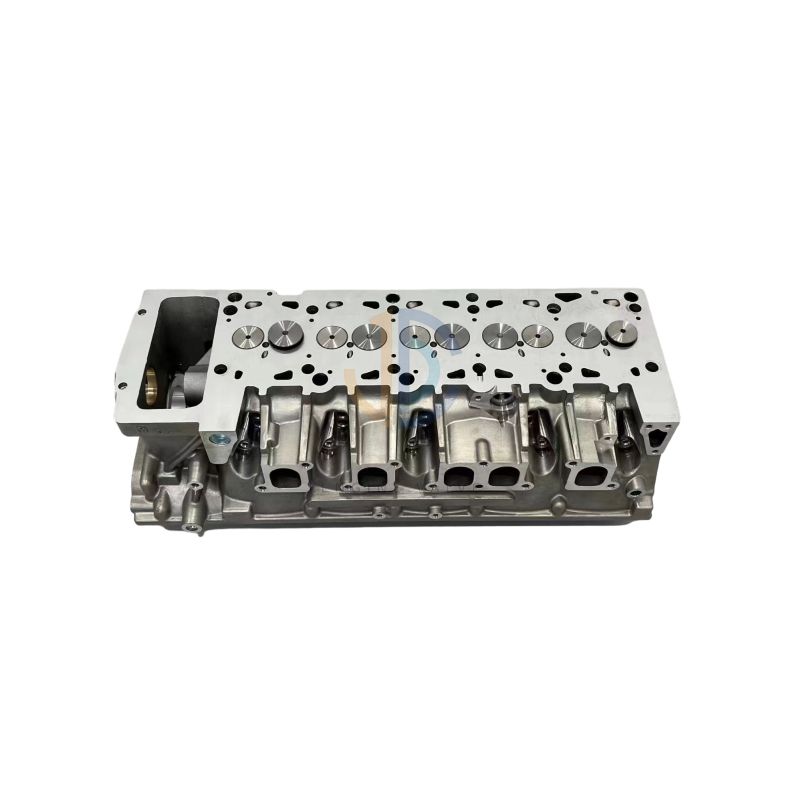What is a Cylinder Head and Its Function?
The cylinder head is an integral component of an internal combustion engine. It plays a vital role in the overall functionality and performance of the engine. In this comprehensive guide, we will delve into the details of what a cylinder head is and explore its various functions. By the end, you'll have a clear understanding of this crucial engine component.
Understanding the Cylinder Head
The cylinder head is a precisely machined metal component that is bolted onto the engine block. It sits on top of the cylinders, forming the closed chamber where the combustion process takes place. The cylinder head contains several essential elements, including intake and exhaust valves, spark plugs, fuel injectors, and coolant passages. These components work together to facilitate the engine's combustion process and ensure optimal performance.
Function of the Cylinder Head
The primary function of the cylinder head is to seal the combustion chamber and promote efficient airflow. Let's take a closer look at the key functions of the cylinder head:
1. Combustion Chamber Seal
The cylinder head forms a seal with the engine block, creating a combustion chamber. This chamber houses the piston and facilitates the controlled combustion of fuel and air mixture. The cylinder head ensures that the combustion process occurs within a confined space, preventing any leaks and maintaining the desired compression ratio.

2. Valve Operation
The cylinder head houses the intake and exhaust valves, which play a critical role in the engine's performance. These valves open and close at precise intervals to allow the entry of air-fuel mixture and the expulsion of exhaust gases. The cylinder head ensures proper timing and synchronization of valve operation, contributing to efficient engine function.
3. Heat Dissipation
During the combustion process, significant heat is generated within the engine. The cylinder head incorporates coolant passages that allow the flow of coolant, thereby dissipating heat from the engine. This prevents overheating and ensures that the engine operates within the optimal temperature range.
4. Spark Plug Mounting
Spark plugs are responsible for igniting the air-fuel mixture within the combustion chamber. The cylinder head provides secure mounting points for the spark plugs, ensuring proper positioning and alignment. This enables reliable ignition, leading to smooth engine operation.
5. Efficient Airflow
The cylinder head is designed to optimize airflow into and out of the combustion chamber. It features carefully engineered intake and exhaust ports that enhance the movement of air and exhaust gases. By facilitating efficient airflow, the cylinder head contributes to improved combustion and increased power output.
Importance of Cylinder Head Maintenance
Proper maintenance of the Engine Cylinder Head Assembly is crucial for the longevity and performance of the engine. Regular inspections, cleaning, and servicing of the cylinder head can help identify and prevent potential issues. Some common maintenance tasks include checking for valve leaks, replacing worn-out components, and ensuring proper torque on the cylinder head bolts. By keeping the cylinder head in optimal condition, you can ensure the engine operates at its best.
Conclusion
In conclusion, the cylinder head is a critical component of an internal combustion engine. Its functions include creating a combustion chamber seal, regulating valve operation, dissipating heat, facilitating spark plug mounting, and optimizing airflow. Understanding the role of the cylinder head is essential for engine enthusiasts and professionals alike. By comprehending its function, you can appreciate the intricate mechanics of an engine and make informed decisions regarding maintenance and performance upgrades.
266
0
0
All Comments (0)
Previous: Commercial Vehicle Brake Pad Replacement: Step-by-Step Guide
Next: None
If you are interested in sending in a Guest Blogger Submission,welcome to write for us!




Comments